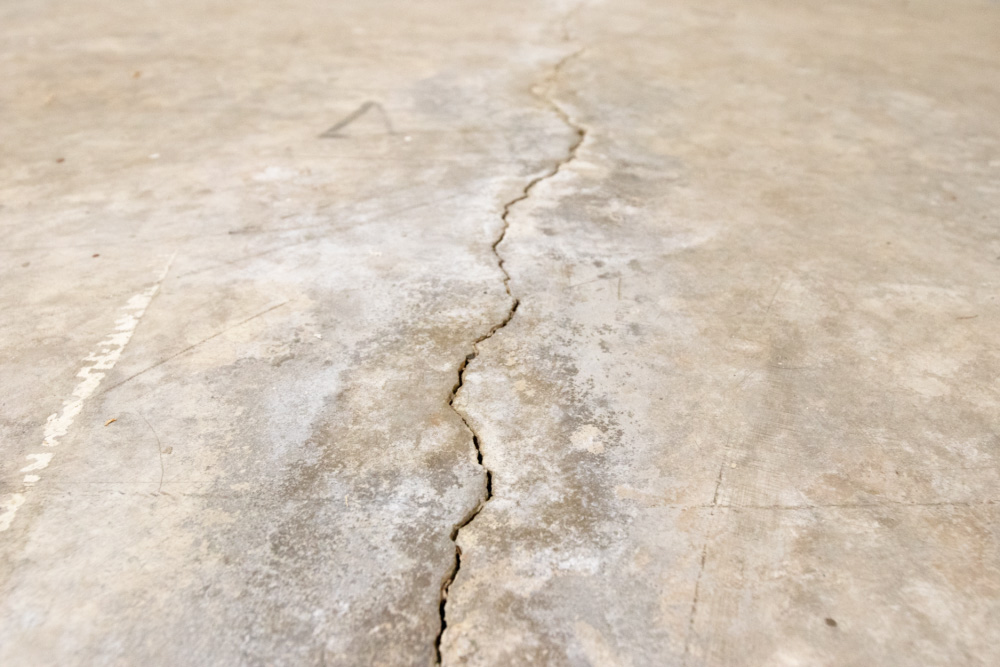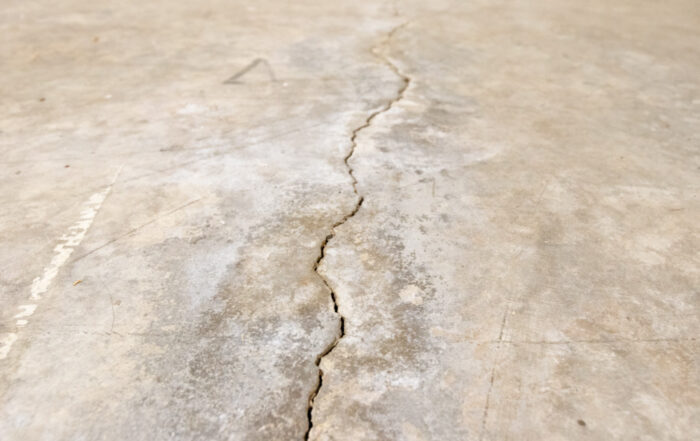The Hidden Dangers of Hydrostatic Pressure on Your Foundation

Ever stepped into your basement and caught that telltale musty smell? Or maybe you’ve seen a suspicious little crack stretching across your living room wall and thought, Hmm, that wasn’t there last month… If you’ve chalked it up to your home getting older or the Texas heat, you’re not alone—but you might be missing something far sneakier: hydrostatic pressure.
Now, before your eyes glaze over at that very science-class-sounding phrase, stay with me. This invisible force might sound like something out of a superhero comic, but it’s very real and very destructive—especially to your foundation.
Let’s break it down in a way that’s clear, useful, and yes, even a little fun (because saving your house should feel empowering, not scary).
What Is Hydrostatic Pressure?
Okay, picture this. It rains and all that water gets soaked up by the soil around your house. After a while, that soggy earth starts behaving like a waterlogged sponge. It gets heavy, it expands, and then it starts pushing in all directions…including sideways. That sideways push? That’s hydrostatic pressure in action.
Think of your foundation walls as being in a constant wrestling match with wet, swollen soil. Spoiler alert: over time, water usually wins unless you’ve got the right defenses in place.
Why Should Texas Homeowners Care?
Let’s face it, Texas weather doesn’t do “mild.” One minute it’s bone-dry and cracking soil, and the next, it’s a torrential downpour. All that fluctuating moisture makes our homes especially vulnerable. Plus, many regions in Texas sit on clay-heavy soil, which is like the drama queen of dirt—it soaks up water, swells, and throws tantrums against your foundation walls.
Hydrostatic pressure is sneaky. You don’t feel it. You don’t hear it. But it’s there, pushing, pressing, testing your home’s structural integrity every rainy season.
The Silent Clues: What to Watch Out For
Here’s where things get interesting (and kind of eerie). Hydrostatic pressure doesn’t show up with flashing lights or dramatic alarms. It sends subtle hints, like:
- Water stains on basement walls or puddles forming after a storm.
- Musty odors or unexplained mold growth.
- Hairline cracks in the foundation, walls, or even your floors.
- Warped doors or floors that suddenly look…wonky.
- That weird white chalky substance on your basement walls? That’s called efflorescence—basically salt deposits left behind by water.
These aren’t just cosmetic issues—they’re the warning signs your home is giving you. Listen to them.
But It’s Just a Little Water… Right?
Wrong. A lot of homeowners see a small leak or a damp corner and think, Eh, I’ll handle it later. Here’s why that thinking is risky.
Water is dense. One cubic foot of water weighs over 62 pounds. Multiply that by the number of feet pressing against your foundation, and you’re talking tons of pressure—literally. Over time, this can cause walls to bow, floors to heave, or worse, structural collapse. We’re not being dramatic—foundation failure is no joke.
And here’s the kicker: once the damage is done, fixing it is way more expensive than preventing it.
The Texas Trouble Spots
Not all homes are built equally when it comes to resisting hydrostatic pressure. You’re more at risk if:
- Your home is on a slope or low-lying area (hello, water runoff).
- You’ve got poor drainage around your property.
- You live in an area with clay-rich soil (which is a lot of Texas).
- Your home is older and lacks modern waterproofing measures.
Even new homes can fall victim if builders cut corners or skipped essential foundation protections. So, whether your house was built in 1950 or 2022, it pays to take a look.
What Doesn’t Work (Sorry, Band-Aid Solutions)
Let’s quickly run through some common “fixes” that really just delay the inevitable:
- A dehumidifier: Great for smells, useless against water intrusion.
- Painting over cracks: Cosmetic cover-up, not structural defense.
- Towels or buckets under leaks: You’d be shocked how many people do this. It’s like putting a bucket under the Titanic.
If hydrostatic pressure is present, these are like trying to fight a tidal wave with a sponge.
Real Fixes That Actually Work
Okay, here’s where we get proactive. If you’re serious about protecting your home, here’s what you can do:
- Improve Outdoor Drainage
Make sure gutters are clean and downspouts lead water at least 10 feet away from your home. Water should never pool near your foundation. - Install a French Drain
It’s not fancy, despite the name. A French drain is basically a trench with gravel and a pipe that redirects water away from your house. It’s one of the best ways to relieve ground pressure. - Check Your Grading
Your yard should slope away from the house, not toward it. Water flowing downhill into your basement? Big no-no. - Get a Sump Pump
If water is already getting into your basement or crawlspace, a sump pump acts like a water bouncer—keeping the bad stuff out before it causes chaos. - Call a Foundation Pro
When in doubt, get an expert. A professional can measure the pressure levels, assess the damage, and recommend permanent solutions tailored to your home and soil type.
Prevention > Repair (Always)
Here’s the golden rule: It’s cheaper to prevent than to fix.
Ignoring hydrostatic pressure can lead to mold remediation, structural repairs, flooring replacement, and more. We’re talking thousands to tens of thousands of dollars in damage. Meanwhile, preventing the issue? A few smart upgrades and a solid inspection schedule.
It’s just like going to the dentist—you don’t wait until the tooth falls out. You go for checkups to avoid root canals. Same concept, just way more square footage.
Final Thoughts: Protecting Your Home from the Ground Up
Hydrostatic pressure may be invisible, but the effects are not. Cracks, leaks, smells, and shifting walls are your home crying for help. And in Texas, where soil conditions and weather extremes collide, staying on top of your foundation health isn’t just a good idea—it’s essential.
If you’re noticing early warning signs or want peace of mind, don’t wait. Reach out to a trusted local foundation repair company like us. We’ve helped thousands of Texas homeowners navigate these exact problems and can walk you through the process step by step—without the pressure (pun intended).
Remember: Your home’s foundation is what keeps everything standing tall. Keep it strong, dry, and protected—because when it comes to hydrostatic pressure, what you don’t see can definitely hurt you.



